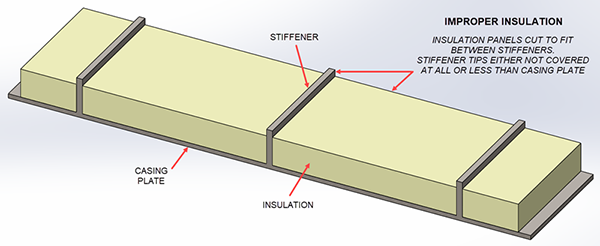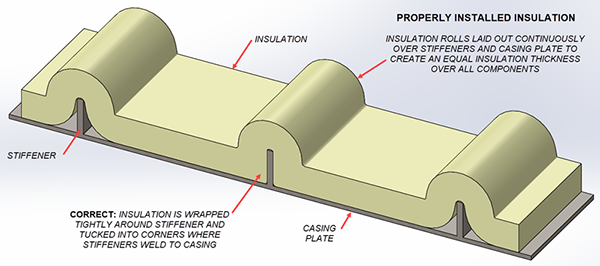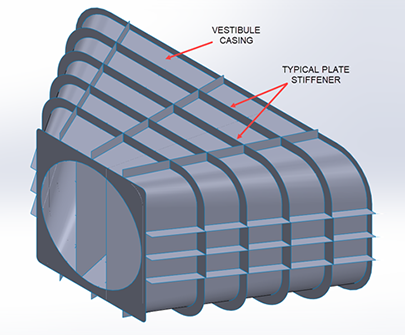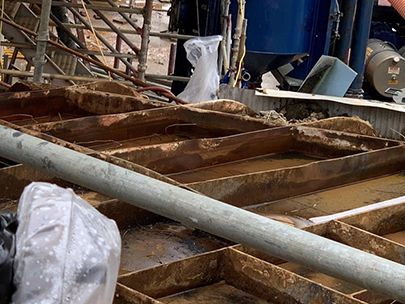For a net-zero future
The B&W Learning Center
Leading the world in clean power production technology
Reducing Superheater Failures in Sulfuric Acid Plants
Reducing Potential Superheater Casing Failures in Sulfuric Acid Plant Applications
Application
- Sulfuric acid plant
- Waste heat recovery system
- High pressure / high mechanical stresses
Eliminating unnecessary downtime for critical process equipment is a key area of focus for sulfuric acid plant operators. Methods to reduce downtime include regular monitoring and inspection of plant components such as converters, burners, pressure vessels, piping and valves.
Like these components, it’s important to perform routine inspection of high-temperature superheaters, boilers and economizers. In the superheater inlet transition ducts, environmental exposure can lead to cracks and/or warping of the casing and stiffeners.
Recommended modifications include:
- Optimized superheater lagging design
- Proper casing insulation
- Rain shields
Superheater lagging design
Superheaters are often lagged with lightweight corrugated sheet metal. At a minimum, the lagging should be installed so the over-lapping seams are orientated in a way that prevents driving rain from penetrating under the lagging. This may be difficult to achieve on the flat roof or top surface of the inlet duct where water can pool and seep through the seams. Switching to a heavier lagging with taller corrugations that provide a standing seam configuration can help protect against roof water.
Water exposure, particularly in contact with hot casing, thermally shocks the casing metal risking quick formation of numerous cracks. Keeping water outside of the external lagging will help prevent casing stress cracks.
Proper casing insulation


Correctly installed casing insulation should be rolled out continuously over stiffeners and casing plate to create an equal insulation thickness over all components.
Casing stiffeners must be properly insulated to adequately protect the unit from the stresses of high-temperature differentials. Failures in the superheater inlet duct can often be attributed to improper external insulation techniques.
Insulation panels incorrectly cut to fit in between stiffeners leave the tops exposed, allowing the stiffeners to act as heat-wicking fins with a dramatic thermal gradient through the height of the stiffener. At the well-insulated junction of the stiffener and casing plate, the metal temperature will be near the hot flue gas temperature withstanding much greater thermal expansion than the exposed, cooler top of the stiffener. This differential causes wavy and distorted stiffeners, sometimes generating stresses high enough to break the stiffener-to-casing welds.
The proper casing insulation method is to contour the rolls of insulation blanket continuously over both the hot casing plate and the stiffeners, thereby creating an even insulation factor across the entire vessel. This results in a low-temperature differential across the height of the stiffeners, thereby keeping stresses relatively low.
Rain shields
To achieve maximum protection from water exposure, plants can also install rain shields to cover the top and sides of the superheater. Even if there is only sufficient room to add rain shields to the inlet transition duct and front portion of the superheater, benefits can be well worth the expense.
B&W Chanute is an experienced provider of sulfuric acid plant superheater maintenance services to prevent premature component failures, minimize downtime and optimize overall plant performance.

